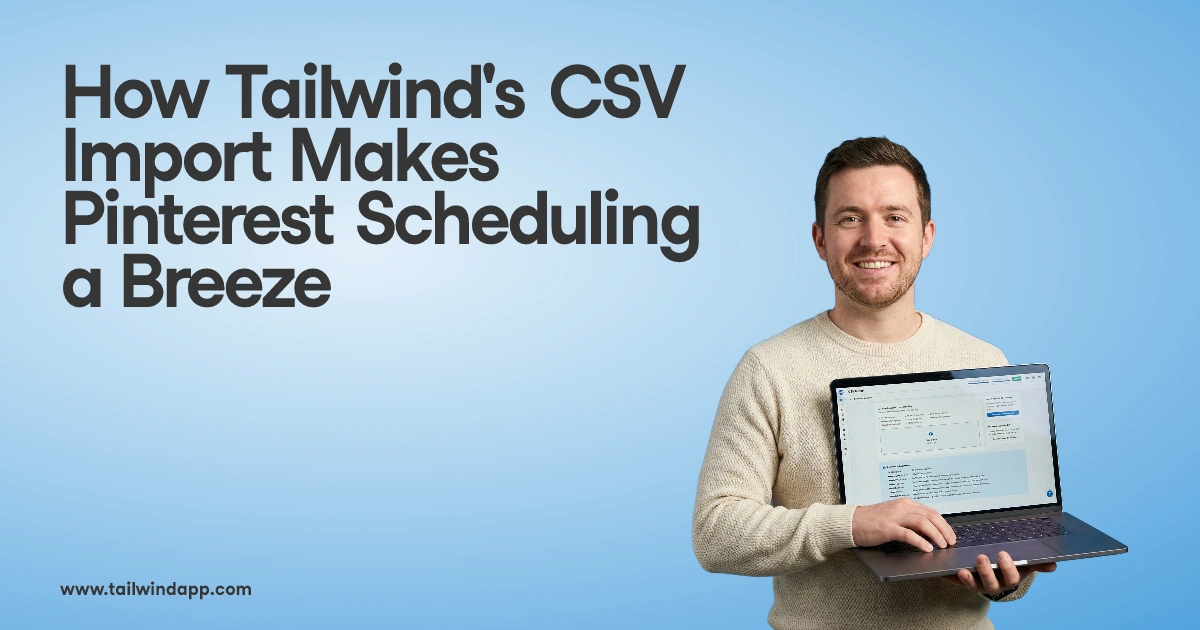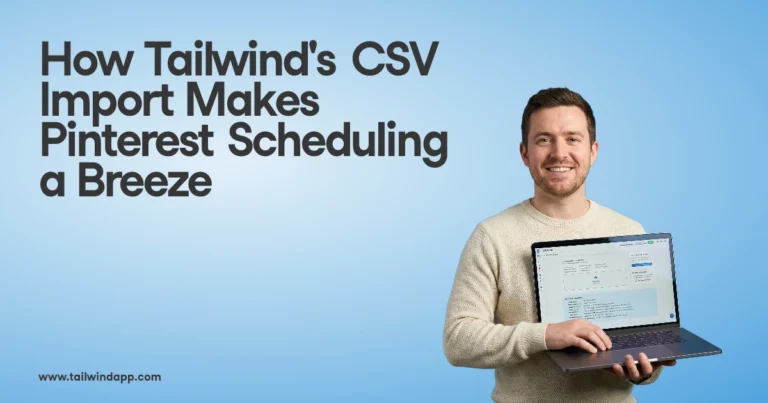
Advertising is the lifeblood of all commerce, whether you’re a mom-and-pop shop or a massive online store.
That goes triple for ecommerce.
Ecommerce advertising is a highly efficient and effective ecommerce marketing strategy involving the generation of traffic, clicks, brand awareness, and above all, conversions that successful ecommerce businesses implement through third-party ecommerce advertising platforms like Facebook, Instagram, Google, TikTok, Snapchat, and Amazon.
But with so many options on the table for ecommerce business owners, it can be an onerous task to even figure out where to begin; the choices are virtually endless. From social media ads to paid ads on Facebook, the options and permutations for success are abundant.
We’ve put together a complete rundown of the best ecommerce advertising strategies every business owner needs in order to generate organic traffic, boost sales, and improve conversion rates.
Main Types of Ecommerce Ads
Depending on your ecommerce brand’s size and scale, your advertising strategy will most likely involve ad placements on various online platforms with a variety of ad types. And as a business owner, your toolkit and budget should account for both.
Here are the primary types of ecommerce advertising you can leverage to build a thriving, successful ecommerce business.
Display Advertising
Display advertising refers to paid visual and text ads on websites, most commonly in the form of banners and popup ads.
It distinguishes itself from other ad formats since they aren’t fetched by search engines and displayed in the search engine results pages (SERPs). Display ads are found on websites, blogs, and web pages, advertising an online store and its products or services.
Facebook advertising, Google ads, banner ads, animations, native ads, and interactive content are all examples of display advertising. Ecommerce businesses often use them to generate awareness and improve brand recognition.
Social Media Advertising
Approximately 4.5 billion individuals use social media.
Staggering.
Not surprisingly, social media marketing and advertising have become part of every ecommerce brand’s marketing toolkit — primarily as a means to promote their online store by posting content or by placing paid ads on virtually omnipresent social media platforms like Facebook, Instagram, Twitter, and TikTok.
The ultimate goal in leveraging the massive user base of these social media platforms is to drive organic traffic and funnel it toward your online store.
Most ecommerce businesses go down the route of social media marketing by using Facebook Ads as a starting point.
Native Advertising
Native advertising is advertisements veiled as editorial content (think advertorials) that may or may not contain links to your ecommerce store.
Native ads can be spotted on social media posts or blog posts. They might be labeled on sites as “Recommended…”, “Other Users Liked…”, and similar labels.
Pay-Per-Click (PPC) Advertising
The terms “PPC advertising” and “paid ads” are often used interchangeably.
PPC can refer to a variety of different ecommerce ad types. However, all of these ads are tied under one principle in that if you pay for your ecommerce advertising whenever users click on the link, it is classified as PPC regardless of the medium on which it was posted.
Retargeting Ads
Retargeting ads are an effective ecommerce advertising strategy mainly because prospective, past, and existing customers that have already shown prior interest in what your website has to offer or have been exposed to your brand in the past are more likely to buy in the future.
Likewise, retargeting can help reduce your bounce rate for the exact same reason.
The practice of retargeting is effective for ecommerce stores that run promotions or flash sales fairly often since you’ll want to give exclusive deals to individuals who have already demonstrated tangible interest in your brand, products, and/or services.
Setting Up Ecommerce Ads: Best Practices Across Platforms
The first thing all ecommerce business owners need to hammer out before running an ecommerce ad campaign is to lay out their company’s objectives and goals.
Granted, the main goal for most ecommerce businesses is to sell. However, other goals and success indicators have to be factored in, such as increasing brand awareness or getting more email subscribers for later promotional campaigns.
That said, here are some of the best practices in setting up ecommerce ads that you can implement across every ecommerce advertising platform:
Choose Your Audience
Once you’ve set your goals, you then need to gain a better grasp of who your ideal customer is.
What are your target audiences’ likes? Where are they primarily located? Are you serving local customers in your neighborhood, or do you plan to enter international markets?
All of these questions will help you determine the best way to approach your ecommerce advertising strategy for maximum conversions.
For instance, Google Ads allows you to set the geographical location and language preferences of your target markets. The same is true for Facebook Ads and other similar ecommerce advertising platforms.
These social media platforms allow you to further narrow down the granular details of your target audience based on their demographics and interests such that you can personalize your ad campaigns and increase your chances of converting.
Select the Right Ad Formats
Regardless of which ecommerce advertising platform you use — whether it’s through your ecommerce website, Facebook (e.g., running a Facebook video ad), Google (Google Ads/Adwords), or other social media platforms like Twitter or Instagram — it’s important to select the right ad format on each vertical. Doing so will help you amplify your message and get the most out of your ad creatives as each platform evolves.
Consider what ad format would complement your product the most. While t-shirts may do well with a picture, a hairdryer might see better conversions from a video.
Create Compelling Ad Copy and Visuals
Tailor your content appropriately using persuasive verbiage, thought-provoking insights, and powerful calls-to-action (CTAs), and offer value-adding insights to encourage audiences to engage with your content and the platforms on which you publish them.
Use concise yet convincing headlines for maximum engagement, and highlight your ecommerce store’s unique value proposition and how your ecommerce brand will directly benefit your audience.
Likewise, visual assets like images and videos are indispensable on social media platforms like Facebook and Instagram.
Video ads take on a whole new level of importance on short-form social video platforms like TikTok, especially considering they can convey powerful emotions and display how your products and services work.
Don’t scrimp on the visuals. Always use the same principles of offering high-quality assets that resonate with your target audience and are tailored to your ads. Let them complement your text and tell a captivating story persuading users to act.
Efficiently Allocate Your Ad Spend
As a business owner, you might experience increasing costs per lead, organic site traffic, and the number of impressions as your campaigns come and go.
Therefore, it’s important to choose the most cost-effective marketing channels and wise budget allocation to get the most returns out of your ecommerce advertising strategies and paid social media ads.
The first step is to test. Any strategy that you will choose will require a budget to test out your visuals and copy, so count that in.
Early results will be able to indicate which platform is better for you. Once you know that, then start testing even more there. Do not spread your budget too thin, as you may quit some platforms or ads too quickly and not see it through.
3 Ways to Optimize Ecommerce Ads for Maximum Performance
Use the Right Keywords
Your potential leads are always searching for specific keywords and phrases to answer their queries on search engines, which is why it’s necessary to identify such keywords and their related phrases and incorporate them in your paid advertising campaigns so they appear more prominently on your target audience’s SERPs.
The best thing is that you don’t have to pay an arm and a leg for a keyword tool to identify your audience’s most-searched keywords — all it takes is using a free tool: Google’s very own Keyword Planner. The tool allows you to generate relevant keywords and bid estimations that will help you fine-tune your overall ecommerce advertising campaign strategy and adjust your paid advertising budget as necessary.
Run A/B Testing on Your Ecommerce Ads
A/B testing is an excellent way to determine how your target audience is receiving your ecommerce campaigns and generate the necessary feedback you need to tighten up your overall ecommerce digital marketing strategy.
For instance, if you have plans to implement new color schemes and visual assets or revamp your UX for your landing pages, you can use A/B testing to see what your users respond to best.
You can test different versions of ad copy or on-page elements to see which one converts the best or generates the most organic traffic.
Or test how well you optimized your ecommerce conversion rate by A/B testing two different headlines: one that’s concise and direct versus a longer-format headline with more details and make the necessary adjustments depending on each approach’s performance.
You can do the same for your social media marketing by experimenting with what posts, kind of verbiage, and tone generate the most engagement across channels.
Leveraging Analytics and Insights
Analytics will enable you to check what parts of your website lead to higher bounce rates or find out what kinds of social media posts convert the best using cold, hard data straight from your desired ecommerce advertising platforms.
With this data in tow, you can drill down and maximize your conversion rates and ad spend by optimizing elements that could perform better.
You cannot improve what you do not measure. So make sure you measure everything.
Top Ecommerce Advertising Platforms to Consider
With business owners being presented with a universe of platforms to advertise on, it can be all too much for solopreneurs and small-to-medium-sized business owners to choose the most suitable combination of digital marketing channels to run their paid advertising on.
We have narrowed down the selection of best ecommerce advertising platforms, but don’t let that dissuade you from exploring other alternatives at your disposal. You can’t go wrong with these ones, though:
Google Ads for Ecommerce
Google Ads is the undisputed champion of online advertising platforms, considering its status as one of the leading ad networks on the web today.
Google Ads enables you to take advantage of paid Google search ads on the leading search engine’s results pages, giving your ecommerce ads an unparalleled advantage as far as exposure is concerned.
Google Ads are text ads that are shown on top of the SERPs when users search for keywords related to your chosen terms, while Google Shopping Ads enable advertisers to display their products on the SERPs with relevant details like price, photos, and reviews.
Moreover, Google Display Network (GDN) enables you to display your ecommerce ads on the world’s leading website, which makes Google the leading platform for display ads and search ads, something every ecommerce brand seeking to build awareness or acquire more customers will want to leverage.
Facebook Ads for Ecommerce
With the number of active users on Facebook pegged at almost 3 billion individuals, you can believe that the social network has become one of the most pivotal advertising platforms for ecommerce ads in the world today.
Imagine getting your Facebook ad—and, by extension, your ecommerce brand — exposed to almost 3 billion potential customers. That’s 3 billion reasons to include Facebook as an integral part of your digital marketing arsenal moving forward.
Facebook not only offers a vast array of ad types for ecommerce advertising to help you hit your campaign targets—it also has extremely detailed audience filters, allowing you to target any imaginable prospects group out there.
Instagram Ads for Ecommerce
Meta-owned Instagram is another mission-critical and highly popular ecommerce advertising platform that every brand should consider using.
Instagram offers publishers a visually-focused, brand-first platform with native market capabilities and a channel with which they can demonstrate the value of their products and how they will benefit and enrich potential customers’ lifestyles.
From image-based ads, short and long-form Instagram posts as well as bite-sized Instagram Reels and stories, brands have an abundance of ad types to promote their products, engage, and connect directly with a vast, global audience of almost 2.4 billion active daily users. And since Instagram ads enable you to link directly to your landing page or your product pages, it’s an excellent way to drive immediate conversions and organic traffic to your site and your product/service portfolio. Instagram is also a gold mine for influencer marketing.
TikTok Ads For Ecommerce
TikTok Ads is probably the newest kid on the block when it comes to the world of ad platforms, but its benefits are immense: TikTok has a hyper-engaged young demographic of over 1 billion active daily users and counting.
The average TikTok user spends almost eight hours per month on the app, second only to Facebook.
Like Instagram, TikTok is a visually-driven platform with its short-form video content enabling advertisers to get creative with how they leverage influencer marketing and video ads.
Amazon Ads for Ecommerce
How can we not have Amazon on the list? Amazon ads enable brands to engage with potential customers on an ecommerce-focused platform.
Amazon enables brands to bid on keywords and ad placements so that your products can rank higher in the Amazon search result pages, helping get your products greater exposure with an audience that’s virtually ready for conversion by virtue of them specifically searching for keywords related to your offerings.
Which One To Choose?
Short answer: you won’t know until you test it out. Paid ads are about one thing: testing, experimenting, reading analytics, and testing more.
For ecommerce, Facebook and TikTok are usually the main starting points, as they allow you to heavily granulate the audience (on Facebook) and leverage your native-video ads (on TikTok) to start experimenting with those.
Good luck!







